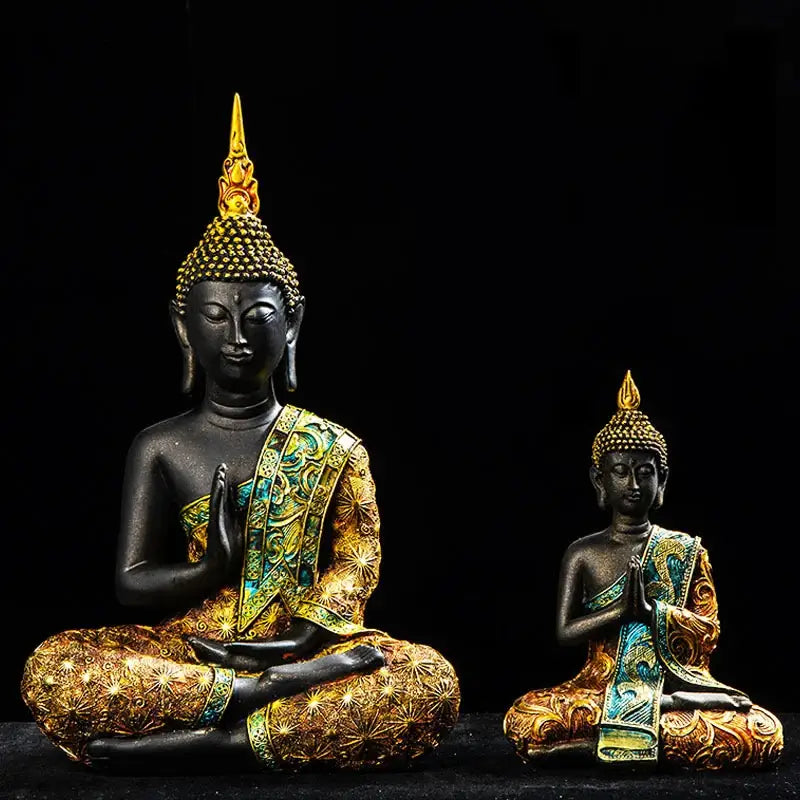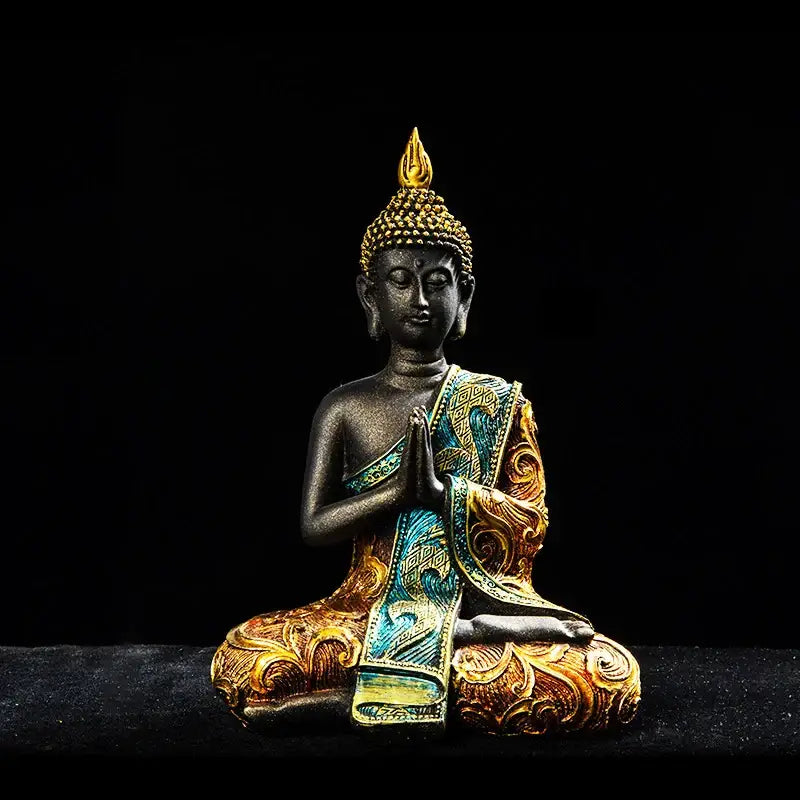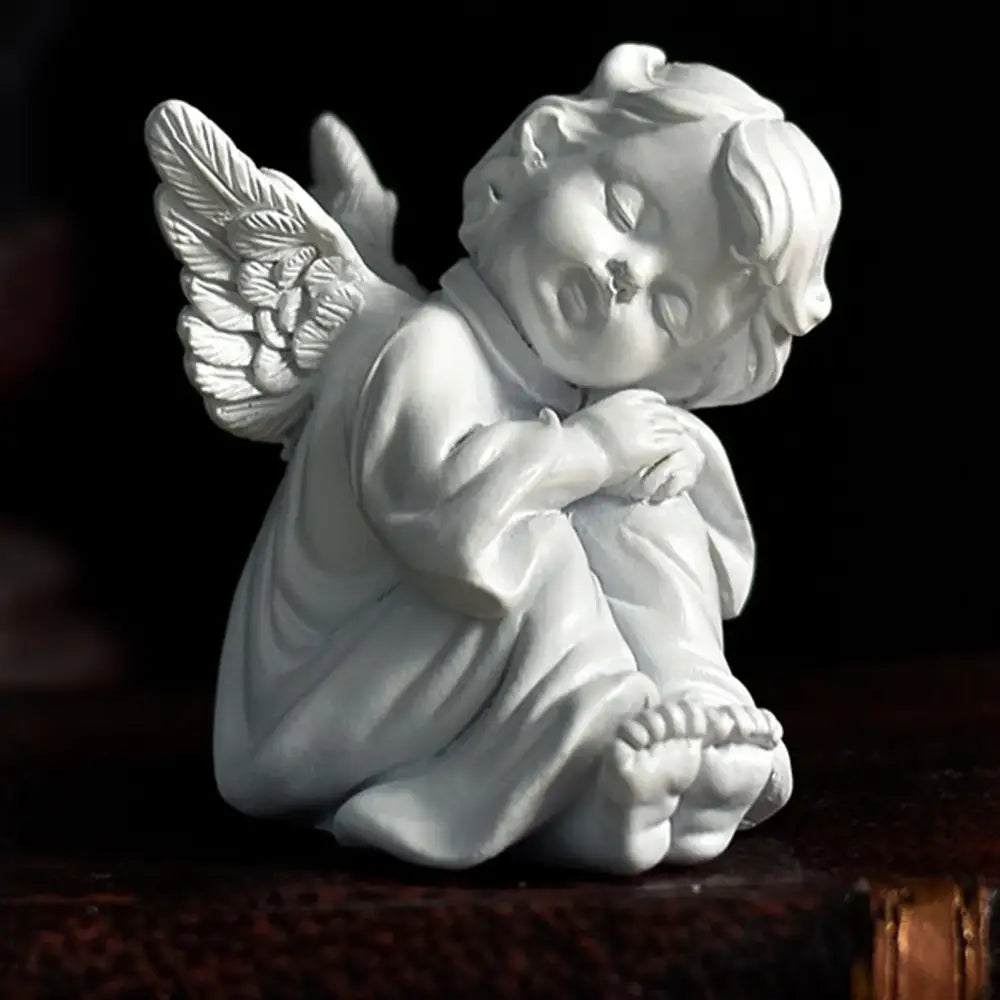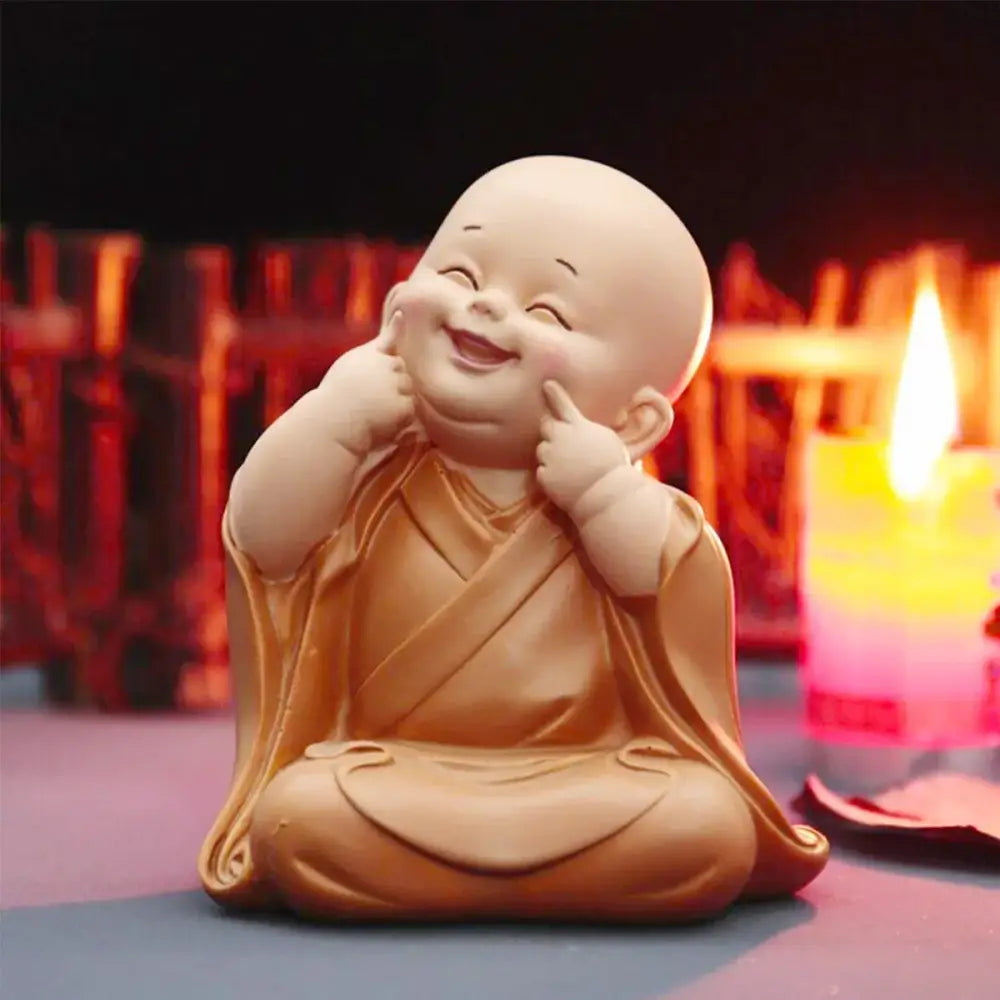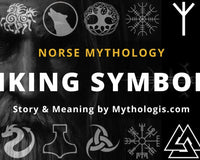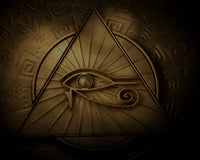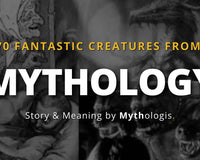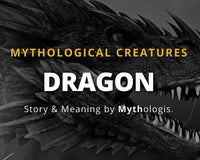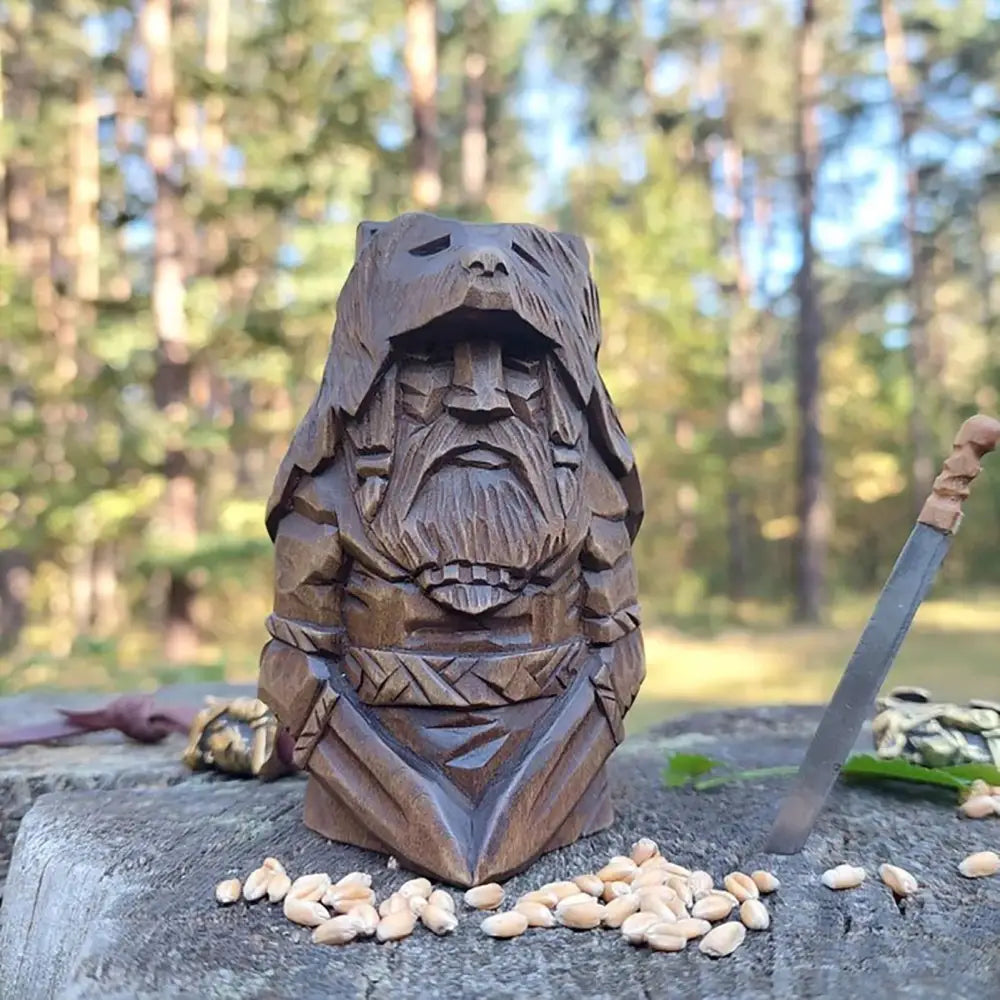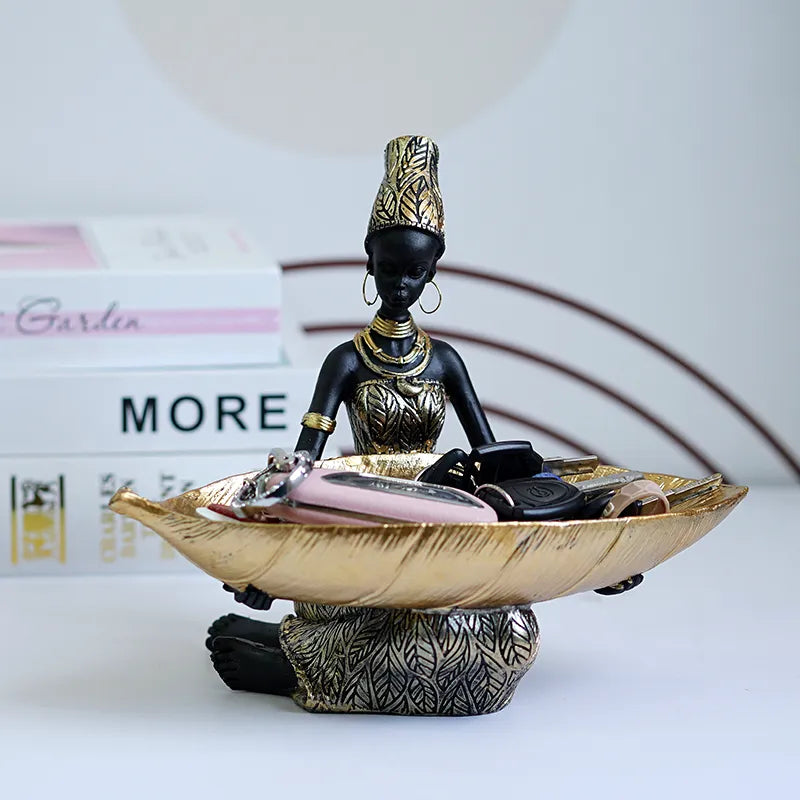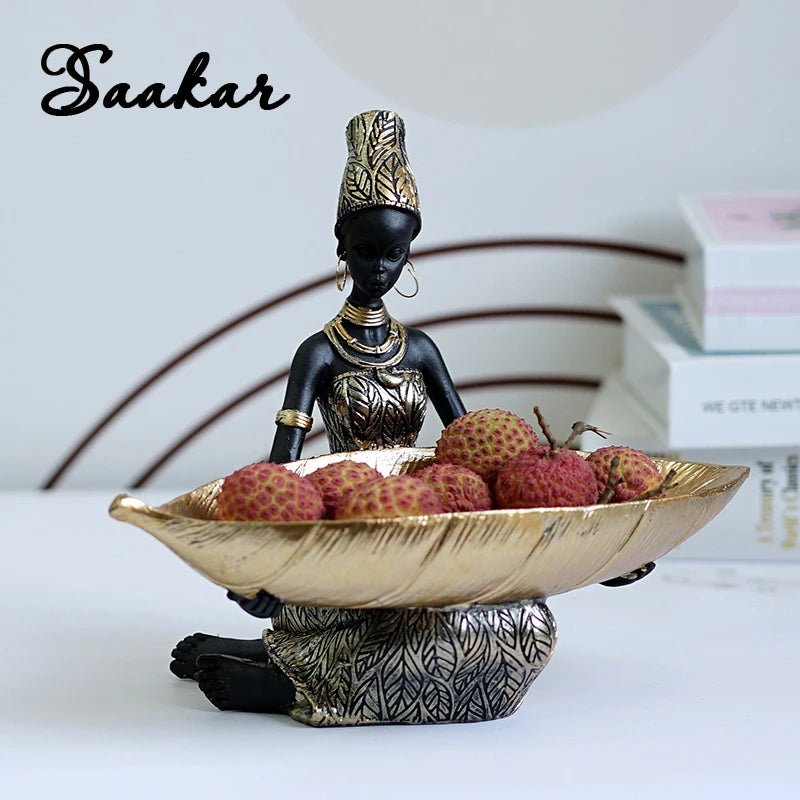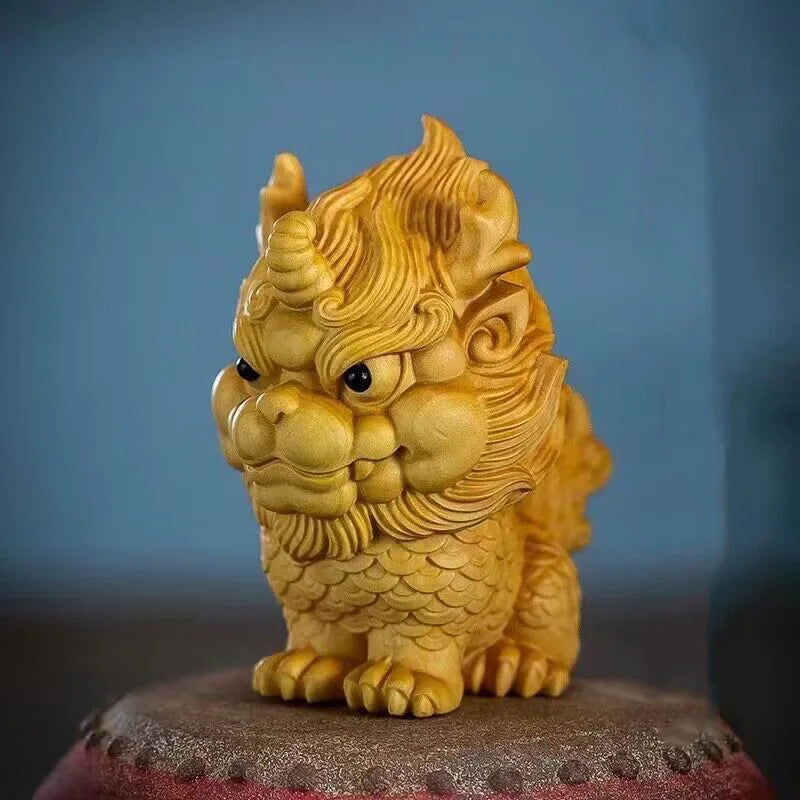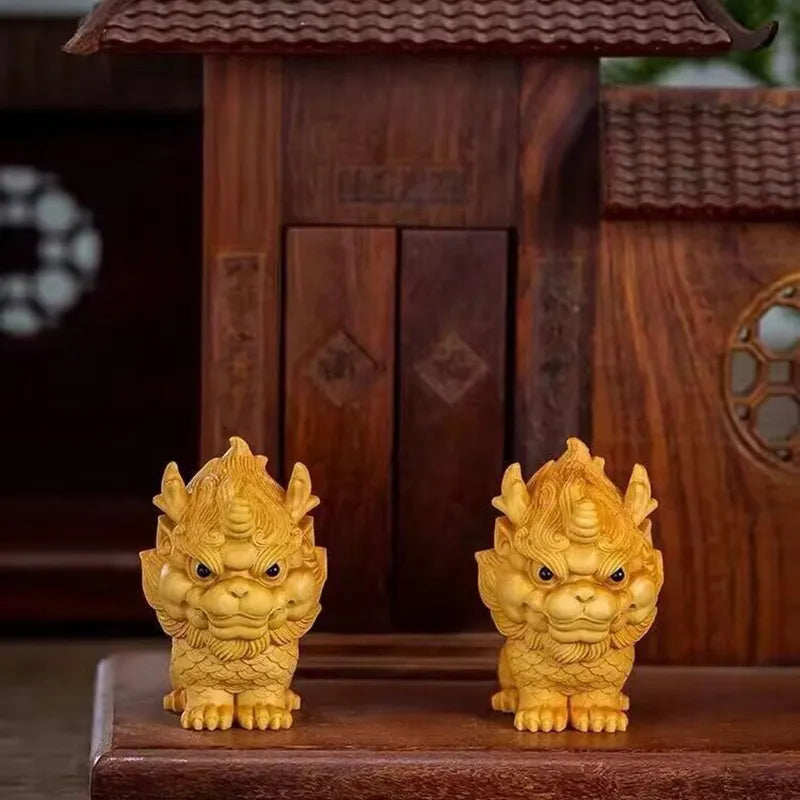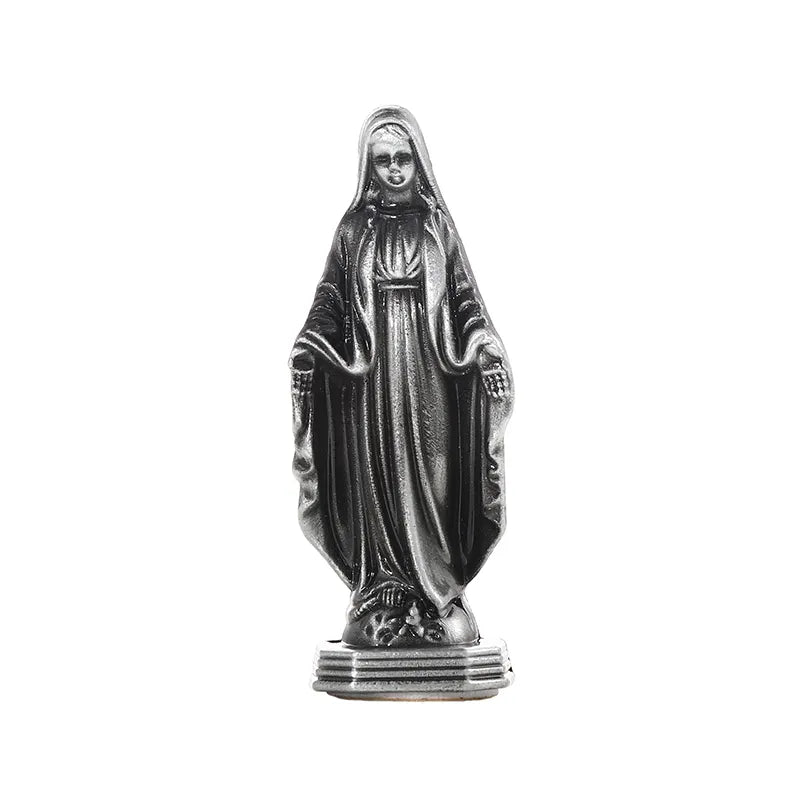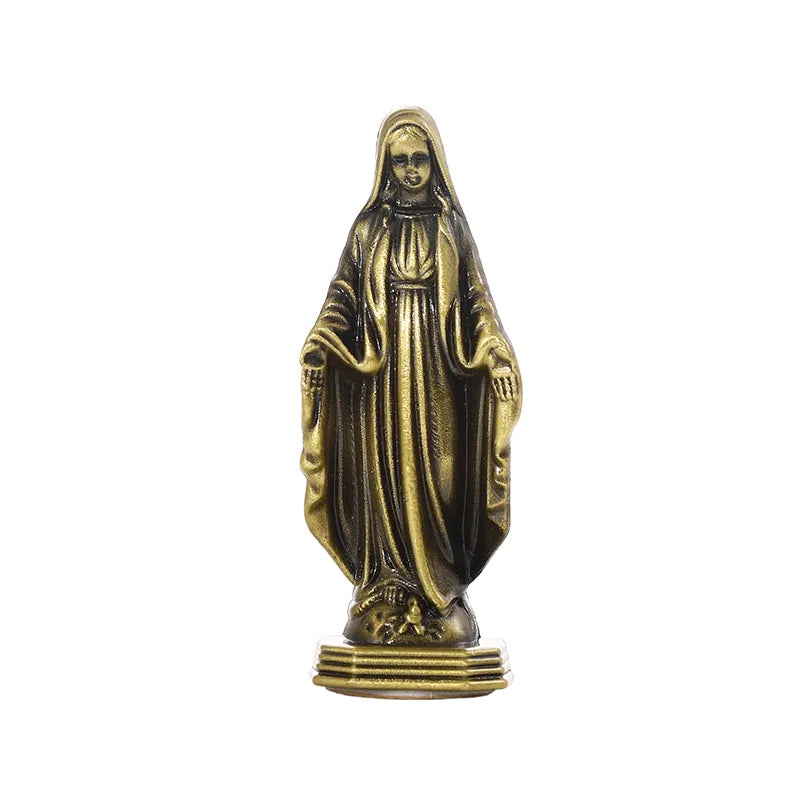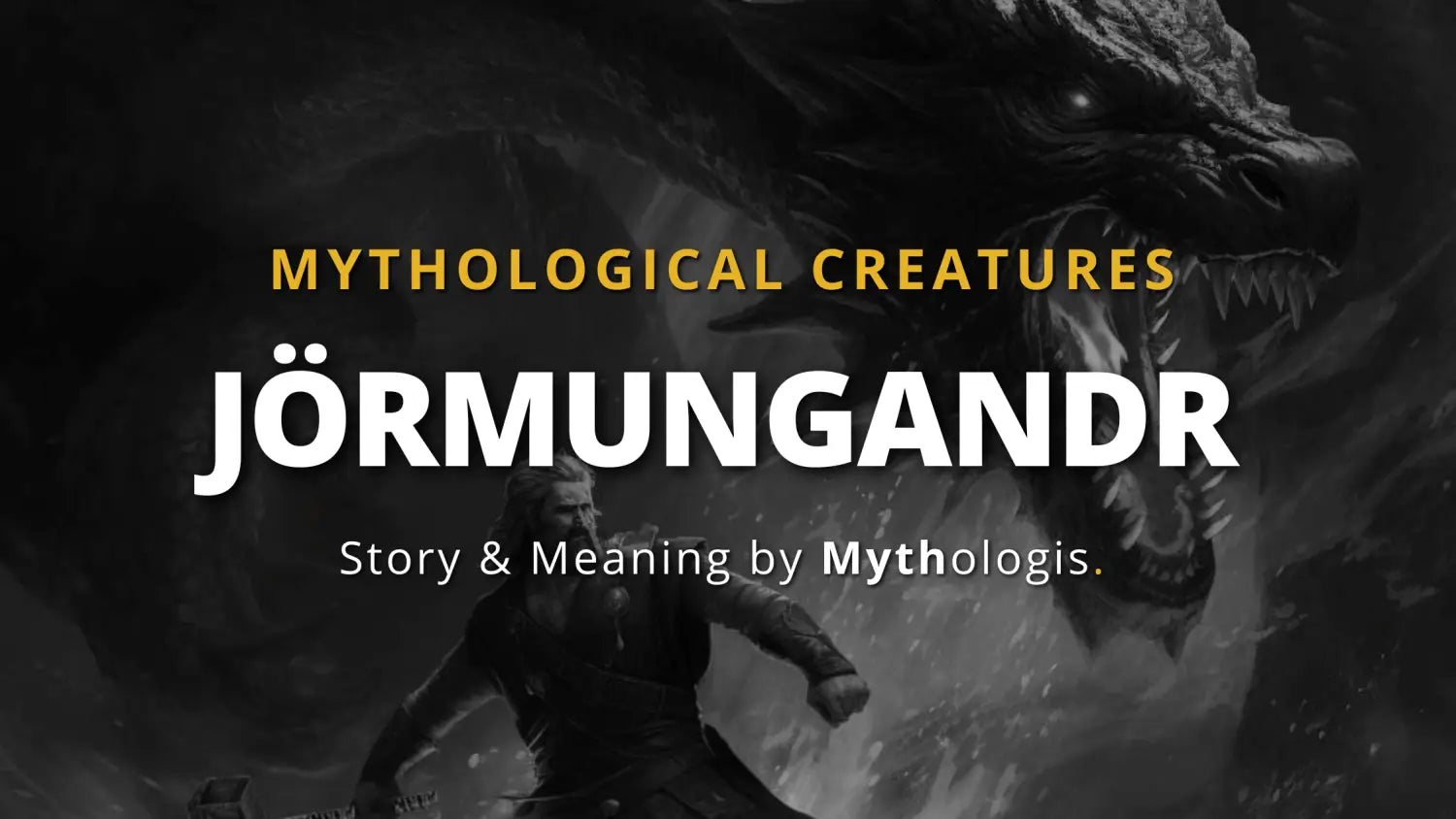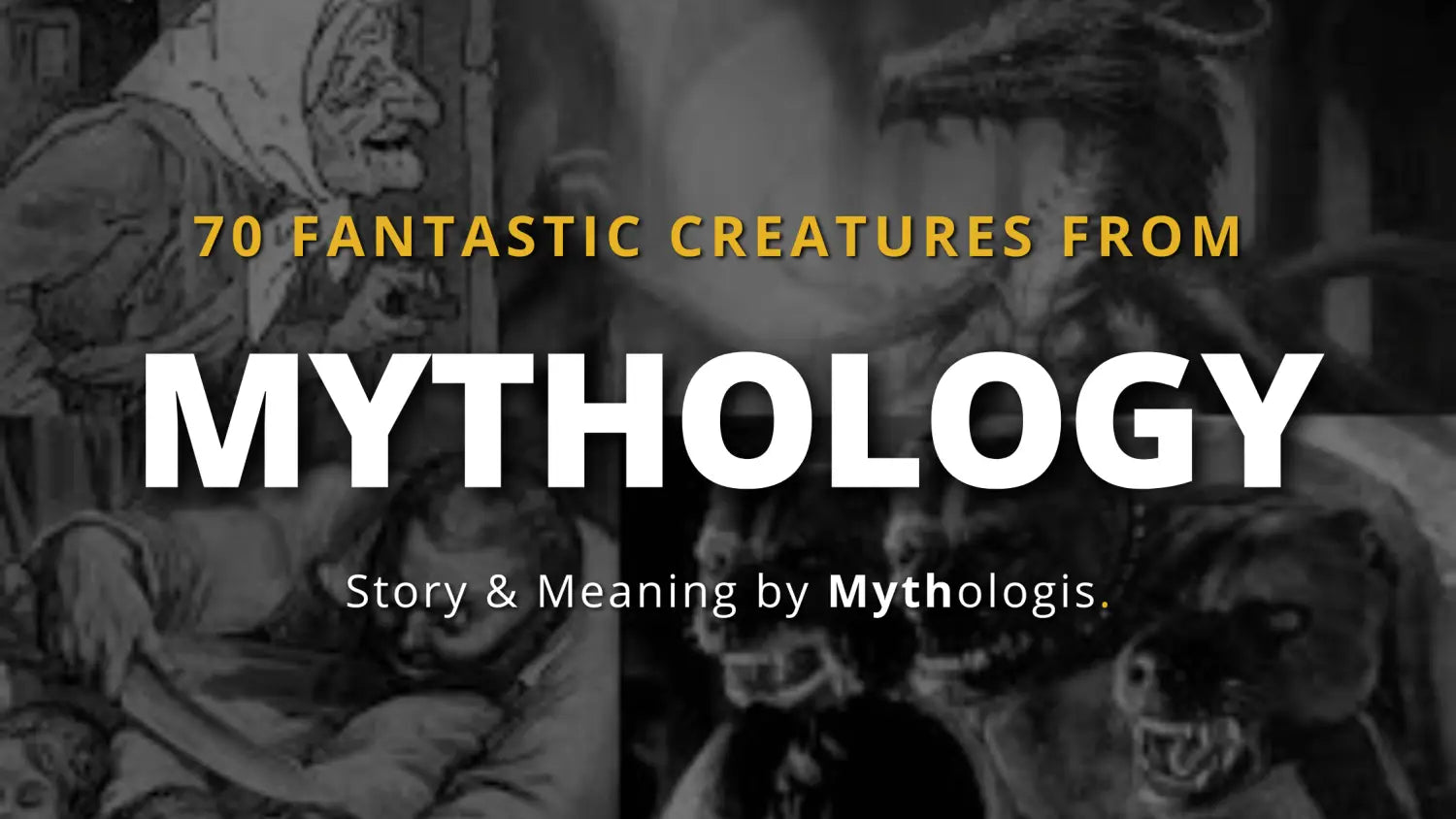Tutankhamun, also known as King Tut, was a famous Pharaoh of Ancient Egypt who lived around 3,300 years ago. He is best known for the discovery of his intact tomb in 1922, which contained a wealth of treasure and artifacts.
Despite his short reign and relatively minor accomplishments, Tutankhamun has become one of the most well-known Pharaohs in history due to the spectacular nature of his tomb’s discovery and the ongoing fascination with Ancient Egypt.
Why is Tutankhamun so famous?
Tutankhamun is famous for a few reasons. First and foremost, he is famous because of the discovery of his intact tomb in 1922 by British archaeologist Howard Carter. The tomb was filled with a wealth of treasure and artifacts, including the Pharaoh’s solid gold coffin and death mask, which were incredibly well-preserved. This discovery was a major event in the field of archaeology and sparked a renewed interest in Ancient Egypt and its culture.
Additionally, Tutankhamun has become a symbol of the mysteries and romance of Ancient Egypt, and his name has entered the popular consciousness as a result. Despite being a relatively minor Pharaoh who had a short reign and few accomplishments, Tutankhamun has become one of the most well-known Pharaohs in history due to the enduring fascination with Ancient Egypt and the iconic nature of his tomb’s discovery.
What happened to Tutankhamun?
Tutankhamun is believed to have died at the young age of 19, though the exact cause of his death is unknown.
There are several theories about what might have happened to Tutankhamun. Some historians believe that he may have died from an infected wound or a bone disease, while others have suggested that he may have died in a chariot accident or as a result of foul play. Despite extensive research and investigation, the exact circumstances of Tutankhamun’s death remain a mystery.
Tutankhamun was buried in a tomb in the Valley of the Kings, a burial site for Pharaohs and other members of the royal family in Ancient Egypt. His tomb was discovered by British archaeologist Howard Carter in 1922, and its contents, including the Pharaoh’s solid gold coffin and death mask, were incredibly well-preserved. The discovery of Tutankhamun’s tomb was a major event in the field of archaeology and sparked a renewed interest in Ancient Egypt and its culture.
Did King Tut marry his sister?
It is believed that Tutankhamun, also known as King Tut, was married to his half-sister, Ankhesenamun. Tutankhamun was a Pharaoh of Ancient Egypt who lived around 3,300 years ago, from approximately 1332 to 1323 BC. He was a member of the 18th dynasty and was likely the son of Akhenaten and his primary wife, Nefertiti. Tutankhamun’s wife, Ankhesenamun, was also his half-sister, as she was the daughter of Akhenaten and one of his secondary wives.
Marriage between siblings was not uncommon in Ancient Egypt, particularly among members of the royal family. It was believed to be a way to keep royal bloodlines pure and to strengthen the bonds between ruling families. However, it is worth noting that Tutankhamun and Ankhesenamun were not the only married couple in ancient Egypt to be siblings. Many Pharaohs and other members of the royal family married their siblings in order to maintain the purity of their royal bloodlines.
Tutankhamun Mummy
The mummy of Tutankhamun, also known as King Tut, is the preserved remains of the ancient Egyptian Pharaoh who lived around 3,300 years ago, from approximately 1332 to 1323 BC. Tutankhamun’s mummy was discovered in 1922 by British archaeologist Howard Carter, along with a wealth of treasure and artifacts, in the Pharaoh’s tomb in the Valley of the Kings. The mummy was found inside a solid gold coffin and was covered in a death mask also made of gold.
Tutankhamun’s mummy has been extensively studied by scientists and historians in order to learn more about the Pharaoh’s life and death. The mummy’s appearance and condition provided valuable information about Tutankhamun’s age, health, and cause of death. It is believed that Tutankhamun died at the young age of 19, though the exact cause of his death is unknown. Some historians believe that he may have died from an infected wound or a bone disease, while others have suggested that he may have died in a chariot accident or as a result of foul play. Despite extensive research and investigation, the exact circumstances of Tutankhamun’s death remain a mystery.
Tutankhamun Mask
The Tutankhamun mask, also known as the death mask of Tutankhamun, is a funerary mask made of gold that was placed over the face of the ancient Egyptian Pharaoh Tutankhamun upon his death. The mask is one of the most well-known artifacts from ancient Egypt and is a symbol of the enduring fascination with Ancient Egyptian culture and history.
The Tutankhamun mask was discovered in 1922 by British archaeologist Howard Carter, along with a wealth of other treasure and artifacts, in Tutankhamun’s tomb in the Valley of the Kings. The mask is made of solid gold and is decorated with a variety of intricate and detailed carvings, including the Pharaoh’s facial features, a beard, and a crown. The mask is believed to have been created around 1323 BC, the year of Tutankhamun’s death, and is an iconic symbol of ancient Egyptian art and culture.
The Tutankhamun mask is now housed in the Cairo Museum in Cairo, Egypt, where it is on display for the public to view. It remains one of the most famous and well-preserved artifacts from ancient Egypt and is a testament to the skill and artistry of the ancient Egyptian craftsmen who created it.
Tutankhamun Throne
The Tutankhamun throne is a gold-plated wooden throne that was discovered in the tomb of the ancient Egyptian Pharaoh Tutankhamun in 1922 by British archaeologist Howard Carter. The throne is one of the most well-known artifacts from ancient Egypt and is a symbol of the enduring fascination with Ancient Egyptian culture and history.
The Tutankhamun throne is a ceremonial chair that was likely used by the Pharaoh during important ceremonies and events. It is made of wood and is covered in a layer of gold, which was a highly prized material in ancient Egypt. The throne is decorated with a variety of intricate and detailed carvings, including images of the Pharaoh’s name, Tutankhamun, and the god Horus. The throne is also adorned with a number of precious gems and stones, including lapis lazuli and turquoise.
The Tutankhamun throne is now housed in the Cairo Museum in Cairo, Egypt, where it is on display for the public to view. It remains one of the most famous and well-preserved artifacts from ancient Egypt and is a testament to the skill and artistry of the ancient Egyptian craftsmen who created it.
Tutankhamun Treasure & Tomb discovery
The Tutankhamun treasure is a collection of artifacts and treasure that was discovered in the tomb of the ancient Egyptian Pharaoh Tutankhamun in 1922 by British archaeologist Howard Carter. The discovery of Tutankhamun’s tomb and its treasure was a major event in the field of archaeology and sparked a renewed interest in Ancient Egypt and its culture.
The Tutankhamun treasure includes a variety of objects, including the Pharaoh’s solid gold coffin and death mask, a gold-plated wooden throne, jewelry, weapons, and other objects made of precious materials such as gold, silver, and lapis lazuli. The treasure also includes a number of everyday objects, such as furniture, clothing, and food, which were placed in the tomb to help the Pharaoh in the afterlife.
The discovery of Tutankhamun’s tomb and its treasure was a major event in the field of archaeology. The tomb was found to be almost completely intact, with the Pharaoh’s mummy and the treasure it contained being exceptionally well-preserved. The discovery of Tutankhamun’s tomb and its treasure was a major achievement for Howard Carter and his team, and it sparked a renewed interest in Ancient Egypt and its culture that continues to this day. The Tutankhamun treasure is now housed in the Cairo Museum in Cairo, Egypt, where it is on display for the public to view.
Biography of Tutankhamun
One of the most famous pharaohs of all time is undoubtedly Tutankhamun. His reign was short-lived because of his early death, but mystery and legends surround him because of his famous curse. Not much is known about his life, besides that his reign was quite short.
Tut-anj-Aton, as it was called before the name was changed, was a pharaoh of Egypt belonging to the XVIII Dynasty. He was born in the year 1341 (approx) before Christ, and it is not known for sure who his parents were. The most accepted theory is that his father was Akhenaton but the identity of the mother is unknown, although some archaeologists think that it is one of his younger wives, Kiya. It is also believed that it could have been the result of the union between Amenhotep III and his daughter, Princess Sitamón.
When the Egyptian pharaoh Akhenaton died and he did not leave any sons, his sons-in-law Semenkera and Tutankaton succeeded him to the throne. The latter was only 12 years old when he acceded to the throne in 1332 BC. He married one of his sisters, Anjesenpaatón, who changed her name to Ankesenamón, daughter of his father Ajenatón and Nefertiti.
Detail of Tutankhamun with his wife
He had been in power for three years when he decided to re-establish the traditional cult and abolish the tax imposed by the ‘heretic pharaoh’. Thus, he returned power to the priests of the god Amon, a cult that had been set aside in the previous reign. In addition, he repaired the damage and rebuilt the temples that had been affected after the reign of Akhenaten.
Another of his measures was to move the capital. He decided to leave the city of Amarna, a city created by Akhenaton, and settled in Thebes. It was then that he changed his name to Tutankhamen. He also returned to the traditional way of governing Egypt, returning power to the priests and generals.
He died at the age of 18, being replaced on the throne by a high official, Ay, who married his widow. According to ancient customs, he was buried along with his most precious treasures and a large amount of food for his passage to the next life.
Howard Carter next to Tutankhamen’s sarcophagus
His tomb was discovered in 1922 by Howard Carter in an investigation funded by Lord Carnarvon in the Valley of the Kings. All his belongings were intact, which showed that it had not been looted. The legend about its curse comes from the fact that many of the people who entered the tomb when it was discovered died shortly after.
The true causes of his death are not known with certainty. It is believed that she died because of a riot in the palace, but it could also be because of an infected wound or a disease, such as malaria. His mummy was mistreated after the discovery of his tomb, which made investigations difficult, although we now know his face.
Read more: Howard Carter: The Man Behind the Tutankhamun Discovery
King Tutankhamun
The main evidence was a blow to the head, which gave rise to the theories that the pharaoh had been killed. The main suspect was one of his advisors, Ay, who came to the throne after his death. Horemheb was also suspected, a general who had all the ballots to take his place after his death and who managed to reign after Ay’s death. However, it has been proven that the blow to the head was made after death, which dismantles this theory.
Tutankhamun is taken by most people as the greatest Egyptian pharaoh of all time, something far removed from reality. What happens in the case of this pharaoh is the great exhibition he had, as has also had weight the fact that his tomb has been found next to an enormous amount of treasures and that there have been countless exhibitions around his name.
Tutankhamun Facts for kids
Here are a few interesting facts about Tutankhamun, the ancient Egyptian Pharaoh, that might be of interest to kids:
Tutankhamun was a Pharaoh of Ancient Egypt who lived around 3,300 years ago, from approximately 1332 to 1323 BC. He was a member of the 18th dynasty.
Tutankhamun is best known for the discovery of his intact tomb in 1922 by British archaeologist Howard Carter. The tomb was filled with a wealth of treasure and artifacts, including the Pharaoh’s solid gold coffin and death mask.
Tutankhamun was only 19 years old when he died, and the exact cause of his death is unknown. Some historians believe that he may have died from an infected wound or a bone disease, while others have suggested that he may have died in a chariot accident or as a result of foul play.
Tutankhamun’s wife was his half-sister, Ankhesenamun. Marriage between siblings was not uncommon in Ancient Egypt, particularly among members of the royal family.
The Tutankhamun treasure, which was discovered in the Pharaoh’s tomb, includes a variety of objects made of precious materials such as gold, silver, and lapis lazuli. The treasure is now housed in the Cairo Museum in Cairo, Egypt, where it is on display for the public to view.
Conclusion About Tutankhamun
Tutankhamun was a Pharaoh of Ancient Egypt who lived around 3,300 years ago, from approximately 1332 to 1323 BC. He was a member of the 18th dynasty and is best known for the discovery of his intact tomb in 1922 by British archaeologist Howard Carter.
The tomb was filled with a wealth of treasure and artifacts, including the Pharaoh’s solid gold coffin and death mask, and the discovery of Tutankhamun’s tomb and its treasure was a major event in the field of archaeology.
Despite being a relatively minor Pharaoh who had a short reign and few accomplishments, Tutankhamun has become one of the most well-known Pharaohs in history due to the enduring fascination with Ancient Egypt and the iconic nature of his tomb’s discovery.
The Tutankhamun treasure, which includes a variety of objects made of precious materials such as gold, silver, and lapis lazuli, is now housed in the Cairo Museum in Cairo, Egypt, where it is on display for the public to view.


